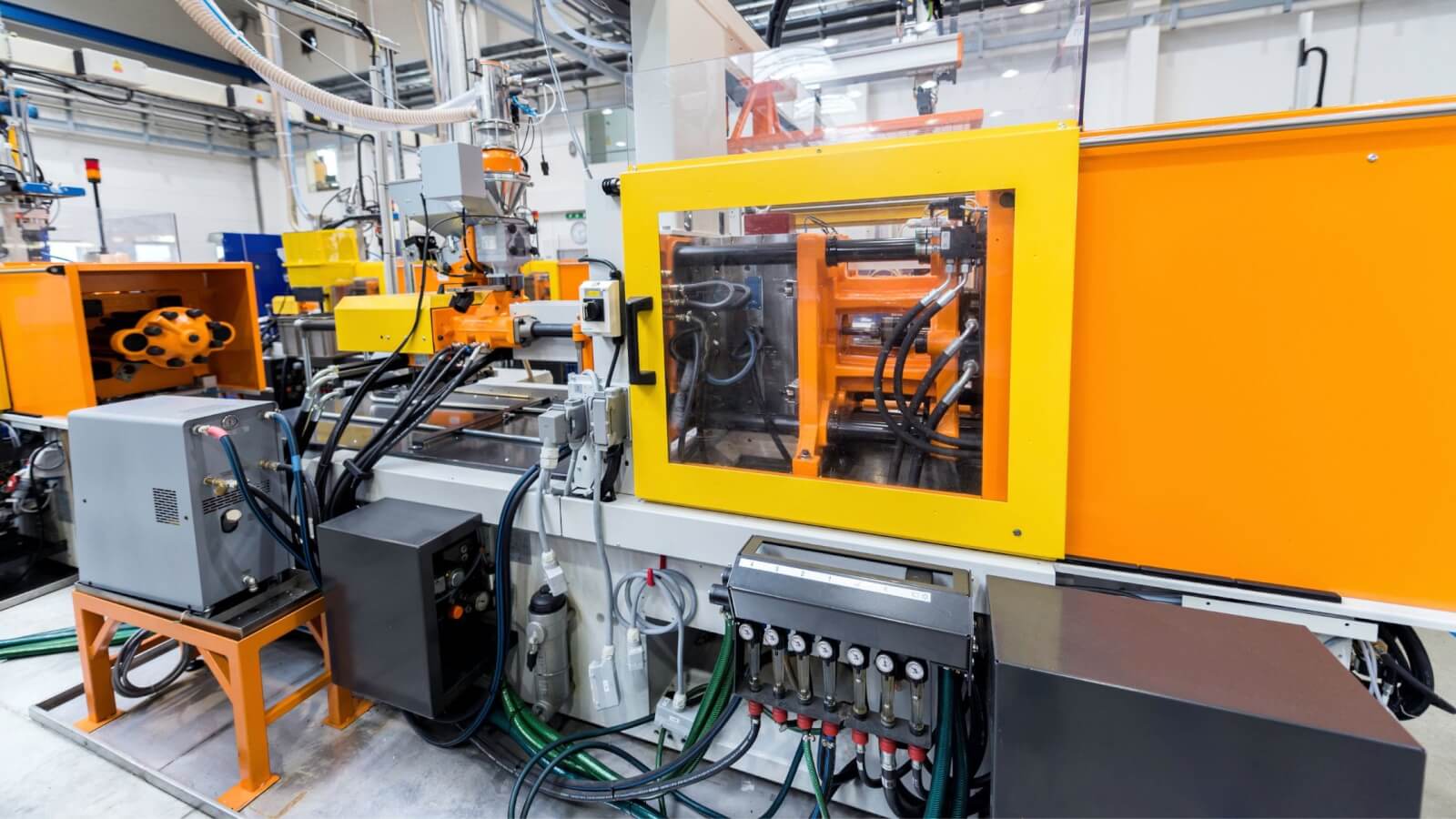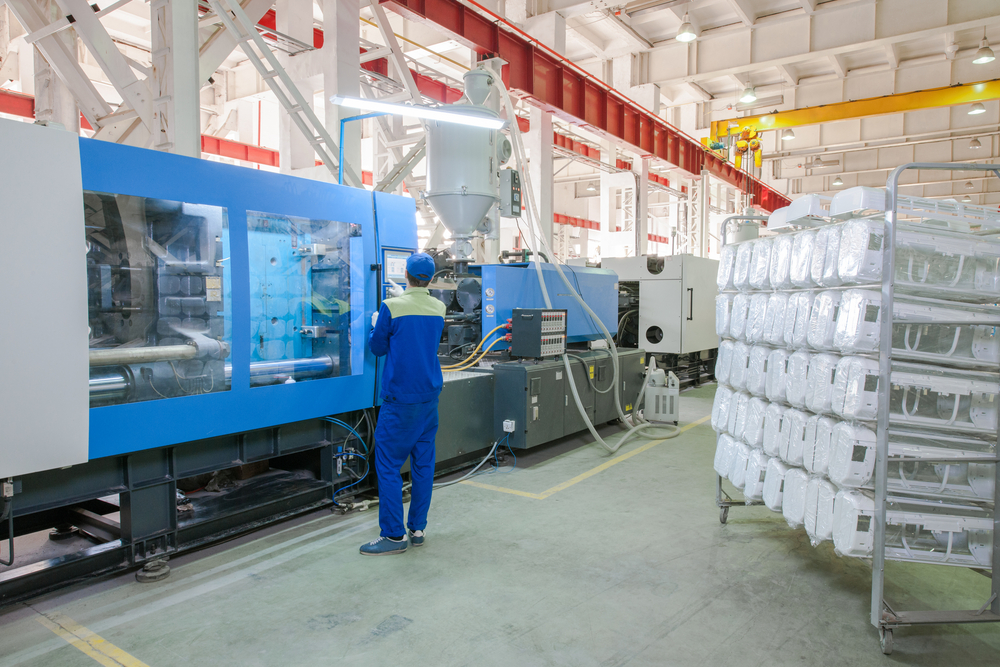The Advantages of Using Plastic Injection Molding for Personalized Components Manufacturing
The Advantages of Using Plastic Injection Molding for Personalized Components Manufacturing
Blog Article
Understanding the Basics of Plastic Injection Molding Procedures
Plastic injection molding offers as a keystone of modern-day production, offering a systematic technique to producing complicated parts with accuracy. Exploring these essential elements could expose exactly how even small adjustments can lead to considerable improvements in production outcomes, elevating questions regarding the capacity for advancement in this established procedure.
What Is Plastic Shot Molding?
Plastic shot molding is a widely utilized manufacturing process that changes polycarbonate and thermosetting products into specific and intricate shapes. This strategy is preferred for its capacity to produce high volumes of similar parts with outstanding accuracy, making it a crucial technique in numerous industries, including vehicle, durable goods, and clinical gadgets.
The procedure entails thawing the picked plastic material and infusing it right into a mold and mildew under high pressure. The mold, designed to the specifications of the desired part, allows the liquified plastic to take form as it solidifies and cools down. When the material has set, the mold and mildew is opened, and the finished element is ejected.
Plastic injection molding provides numerous benefits, consisting of reduced waste, consistency in production, and the capability to integrate intricate styles that may be challenging with other manufacturing techniques. Additionally, it sustains a wide variety of materials, each providing unique homes that can be tailored for details applications. As markets continue to innovate, plastic injection molding continues to be at the forefront, allowing the advancement of advanced products that satisfy developing customer demands.
The Shot Molding Refine
The injection molding procedure is an innovative method that involves numerous crucial phases to generate high-quality plastic parts. Plastic pellets are fed into a heated barrel where they are melted into a viscous liquid. This molten plastic is after that infused under high stress right into a precision-engineered mold, which forms the material into the preferred form.
As soon as the mold and mildew is loaded, the plastic is permitted to strengthen and cool down, taking the shape of the mold cavity. Cooling time is essential, as it influences the cycle time and the last buildings of the molded component. After enough air conditioning, the mold opens, and the completed component is expelled making use of ejector pins.

Products Utilized in Shot Molding
Numerous products can be made use of in the injection molding process, each offering one-of-a-kind homes that deal with specific applications. One of the most typically made use of products include thermoplastics, thermosetting plastics, and elastomers.
Thermosetting plastics, like epoxy and phenolic materials, undergo a chemical modification throughout the curing process, resulting in an inflexible, inflexible framework. These materials are perfect for applications calling for high heat resistance and architectural stability, frequently made use of in electric insulators and vehicle components.
Elastomers, consisting of silicone and rubber-based products, give flexibility and strength. Their distinct residential properties make them ideal for applications that demand flexibility, such as gaskets and seals.
Furthermore, specialty products like bio-based plastics and compounds are gaining traction for their environmental get more benefits and improved performance attributes, widening the extent of injection molding applications in various industries. Comprehending the homes of these products is essential for picking the ideal type for specific jobs.
Advantages of Injection Molding
Injection molding stands out as a very reliable production procedure that supplies numerous benefits for producing complicated components with precision. Among the most considerable benefits is the ability to create complex styles that would be impossible or challenging to attain with various other techniques (Plastic Injection Molding). The process permits limited resistances and detailed attributes, guaranteeing high-grade components
In addition, injection molding is recognized for its fast production abilities, making it an ideal selection for high-volume production. Once the mold and mildew is developed, components can be produced quickly, minimizing preparations and raising overall performance. This efficiency not only decreases production prices however also offers an affordable edge out there.
The convenience of products made use of in injection molding better enhances its allure. A vast array of thermoplastics and thermosetting polymers can be used, permitting manufacturers to choose materials that finest meet their certain requirements, including warm, stamina, and flexibility resistance.
Furthermore, the procedure decreases waste, as excess product can typically be recycled and recycled. This sustainability aspect adds to a lowered environmental effect, making injection molding a liable manufacturing selection. On the whole, the advantages of shot molding make it a preferred technique for many sectors.
Elements Influencing Item Quality
While numerous factors can affect item high quality in shot molding, recognizing these aspects is critical for attaining optimal outcomes. Secret facets include material selection, refining criteria, and mold style.
Product choice plays a crucial role, as different polymers exhibit unique homes that influence flowability, stamina, and thermal security. Poor product selection can result in problems such as warping or insufficient filling.
Processing criteria, consisting of stress, cycle, and temperature time, have to be carefully controlled. Variations in these setups can cause disparities partially dimensions and surface look here area coating. Excessively high temperature levels might trigger deterioration of the polymer, while insufficient stress can result in short shots.
Mold and mildew design is just as crucial, as it identifies the flow of the molten plastic and the cooling procedure. Poorly designed mold and mildews may result in uneven air conditioning rates, causing dimensional inaccuracies and recurring stress and anxieties.

Conclusion
Finally, plastic shot molding navigate to this website works as a crucial manufacturing process that makes it possible for the reliable production of high-quality components. Proficiency of the shot molding process, including the understanding of products and the impact of numerous aspects on product top quality, is important for attaining optimal outcomes. The benefits of this approach, such as cost-effectiveness and style flexibility, additional underscore its relevance throughout multiple sectors, strengthening its standing as a favored option for high-volume manufacturing.
Plastic injection molding offers as a foundation of modern-day manufacturing, supplying a systematic approach to producing complicated components with precision.Plastic shot molding uses numerous advantages, consisting of minimized waste, consistency in production, and the ability to incorporate elaborate designs that may be challenging with various other making approaches (Plastic Injection Molding). As markets proceed to innovate, plastic shot molding remains at the forefront, making it possible for the growth of innovative items that meet progressing customer demands
The injection molding process is an advanced technique that includes a number of key stages to generate high-grade plastic components.In verdict, plastic injection molding serves as an important manufacturing process that makes it possible for the efficient manufacturing of high-quality components.
Report this page